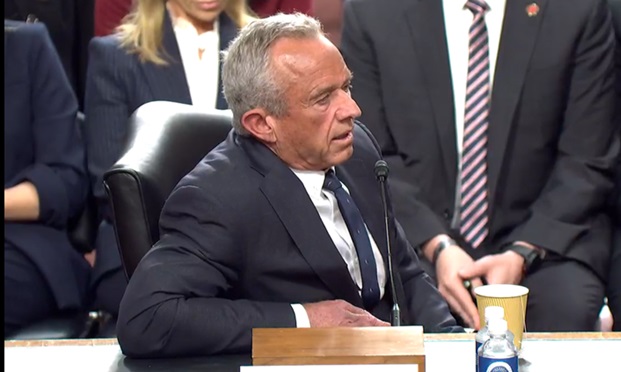We are all watching with great curiosity the current struggle taking place in the private sector as more and more municipalities and state governments are asking their employees to assume a greater share of health care costs and looking at ways to reduce their long term pension and retiree obligations – necessities to sustain long term municipal health.
These changes will be perceived as significant take-aways by public employees, resulting in significant workforce moral issues. Many public employees feel they have put in years in the public sector with an understanding that their ‘employment deal’ consisted of lower salaries than their private sector counterparts, but richer benefits. Although recent studies now point out that the average salary for a public sector employee is in fact greater than their private sector counterpart, the perceptions are what they are and they’re significant.
Employee engagement is not about money, benefits, or things. You cannot motivate or engage employees long term by “buying” their commitment. Employee engagement is a mutual commitment between and employer and employee where the employer is helping to grow and develop its employees and employees are helping the business or entity be successful. This commitment is built through a culture of trust, open and frequent communication, shared vision and goals, and a deep understanding and commitment that “we’re in this together.”
Money, benefits, and “things” do, however, impact the engagement equation - if employees feel their employer is not being fair regarding money or benefits, this perception of unfairness can and will foster disengagement.
The issues public sector employees are now facing are those that their counterparts in the private sector have had to deal with for some time. And, although the public sector is quickly looking to rectify this situation, there is no doubt that public sector benefit and pension reform will take time. This will result in a new definition of social classes: many public sector employees will retire between the ages 58-65 with lucrative pensions and retiree benefits, whereas many counterparts in the private sector will be working well into their 70s. The impact will be increasing bitterness of private sector employees towards their public sector neighbors, family, etc.
As we’re seeing in many states, including Wisconsin, Pennsylvania, California, and New Jersey, government officials are looking to accelerate pension and benefit reform. And although reform will improve the fiscal picture of these states and reduce their long term obligations, there will be a cost – increasing ranks of the disengaged as public sector employees will view their employers as being “unfair."
To continue to engage public sector employees during these challenging times, here are some engagement ideas for public sector officials:
- Link your efforts around performance: Remember, employee engagement is not about employee satisfaction. There are some in the public sector who believe their employer should make them satisfied. Remind them that all great teams work together for a common goal, and this requires a mutual commitment between government officials or administrators and employees. The last thing you should want is a school system or public works department of satisfied but underperforming employees.
- Employee engagement starts at the top: Most studies show that a key employee engagement driver is the actions of senior leaders. Public leaders must demonstrate support for an engaged company culture by personally living their company’s values.
- Engage first-line leaders: The old adage, “employees join great companies, but quit bad bosses” is true. Are you investing in the development of your “people leaders”?
- Focus on communication, the cornerstone of engagement: Successful leaders recognize the power of a robust communication plan, one built on clarity, consistency, and transparency. At the risk of disputing Jack Nicholson in Few Good Men, your employees “CAN” handle the truth.
- Individualize your engagement: Although often difficult with collective bargaining, you should do all you can to get to know your employees, individualize engagement and treat employees as people with different needs. This is especially true with the vastly different motivational drivers with our Gen Ys, Xs, and Boomers.
- Create a motivational culture: Leaders cannot motivate employees long-term; they must create motivational cultures with an engaged workforce where employees can flourish and motivate each other.
- Create feedback mechanisms: You need to ask employees what they think; employee engagement surveys are a great tool to assess an organization’s pulse.
- Reinforce and reward the right behaviors: Employees are incredibly motivated by achievement, not money. But as we mentioned earlier, if there is the perception of unfairness, money issues can disengage. Focus on recognizing achievement whenever possible.
- Track and communicate progress: Employees are no different than their officials -- they both want to work for a ‘winning’ entity. Leaders need to reinforce “line of sight” by telling their employees where they’re going, how they’re performing, and where they fit in.
- Hire and promote the right behaviors and traits for your culture: Although we place much emphasis on one’s educational background and skills, people generally succeed or fail because of their behaviors and traits (remember that soft skills count.)
© 2025 ALM Global, LLC, All Rights Reserved. Request academic re-use from www.copyright.com. All other uses, submit a request to asset-and-logo-licensing@alm.com. For more information visit Asset & Logo Licensing.







